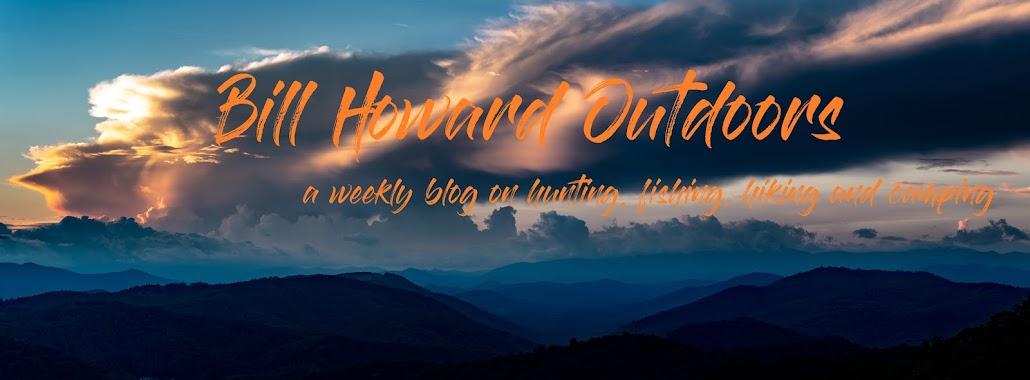The past couple of months I have spent more than my share of time on the road. However, my career has lead me in that direction. Now, being self employed, I have to land jobs and assignments, juggle paperwork and red tape, and find ways to cut expenses to not only increase profits, but also help me price my quotes at a more affordable rate in order to go back to the first part of the circle, which was land jobs.
Of course, I am not writing an outdoors column to discuss business and how it works. I only bring this up because of something I did to help cut my costs.
A friend of mine shared a post from Outdoor Life on Tips for Truckbed Camping. You see, I purchased a camper shell for my pickup. It was used, but exactly what I was looking for. Came off an identical truck as mine and has a full door on the back rather than the standard hatch. You remove your tailgate and the shell replaces it.
Don’t get me wrong, I enjoy tent camping. But one thing is guaranteed to happen if you pitch a tent. Rain. Doesn’t matter if you are in a desert that is in the middle of a four month drought, if you put a tent up and sleep in it, the skies will darken, the thunder will crack, the lightning will flash, and there will be a deluge of water pouring from the heavens. Based on the last week, I would imagine someone has forgotten they left their tent up in fact.
The camper shell offers something a little better. I have expanded my functionality and comfort. I have a synthetic straw mat that is folded double and covers the entire bed of the truck. This helps take away those ridges built in from the manufacturer. On one side I started with a self-inflating foam bed mat which I use when camping with a tent and sleeping bag. I also thought of something else to add to the comfort though. I added a lounge chair cushion that fits perfectly on that one side as well. I arguably sleep better in the back of my truck than in my own bed.
I have a stuffed chair placed on the other front corner. It is super comfortable as well, and I have occasionally used it outside beside the truck when stopping. Primarily though, I use it inside the camper. It is short enough to allow me to sit upright without hitting my head on the top.
I also have a rectangular basket in which I keep food, eating utensils, paper towels, and butane. In other words, the basket acts as my cupboard inside the truck. As you can guess with the butane, it is the fuel for a single burner stove that is the same size as the basket so they can be stacked.
When I do cook, and on my trips I very seldom buy food or drink on the road so it is every meal, I have to have somewhere to put my hot items. I keep a small bamboo cutting board that acts as a tray in these instances. I can either sit the board down on the inside of the bed and eat standing, or I can sit in my stuffed chair and sit the board in my lap.
I also pack two gallons of water in milk jugs which I freeze prior. This helps keep the cold things cold while in the cooler, and as the ice melts, provides me with more water for things such as brushing my teeth and cleaning my cooking stuff.
I also have room for such things as my rods and tackle, bow and arrows, and camera equipment. Of course, when I am stopped I have to keep the camper locked to keep the honest people honest. At night, I can move those items to the cab of the truck and lock the doors.
You know the saying goes, ‘home is where you make it’. Might as well make it as comfortable as possible while you are at it. Old bodies like mine tend to recover more slowly from uncomfortable situations as the years pass.
